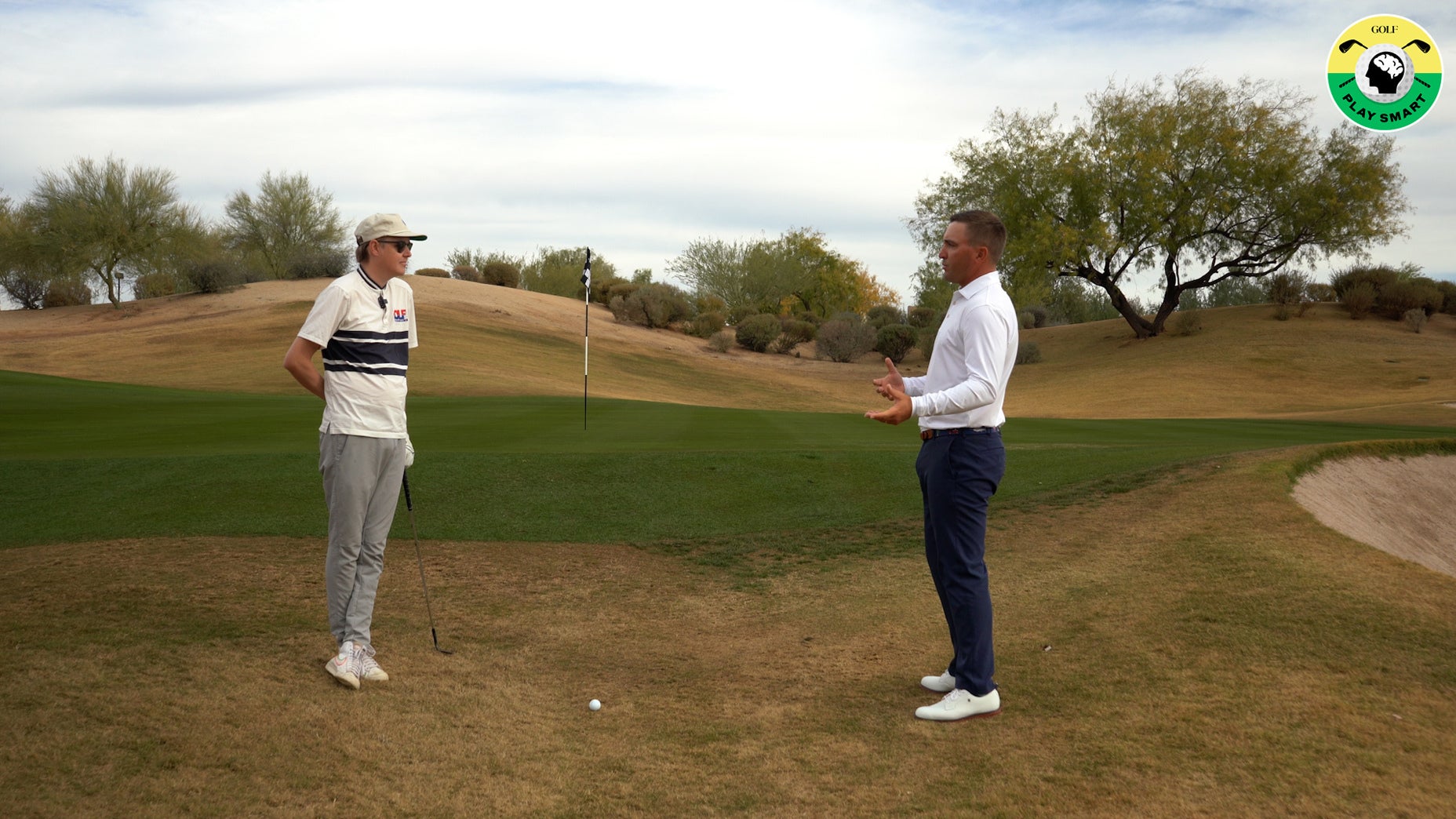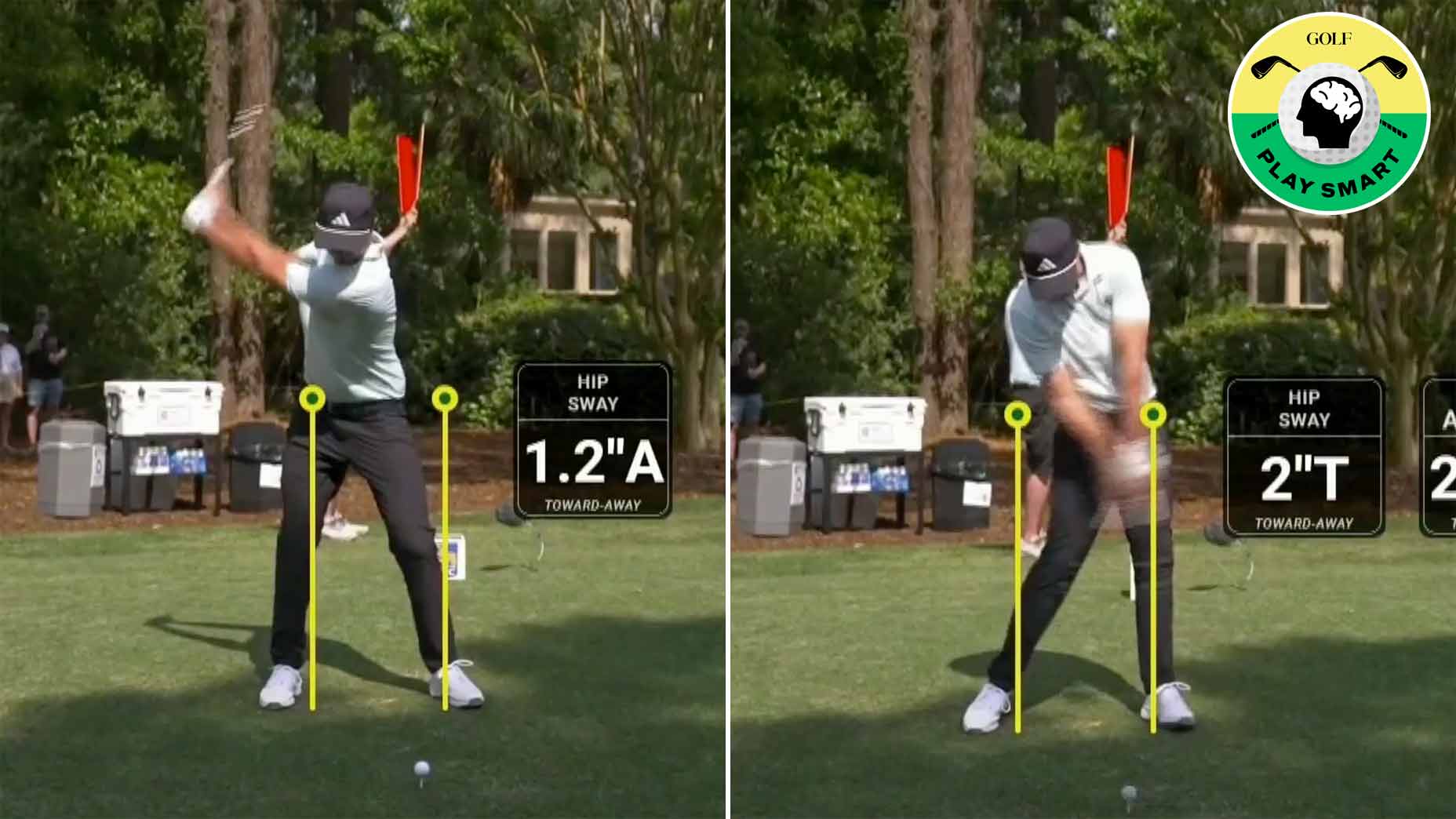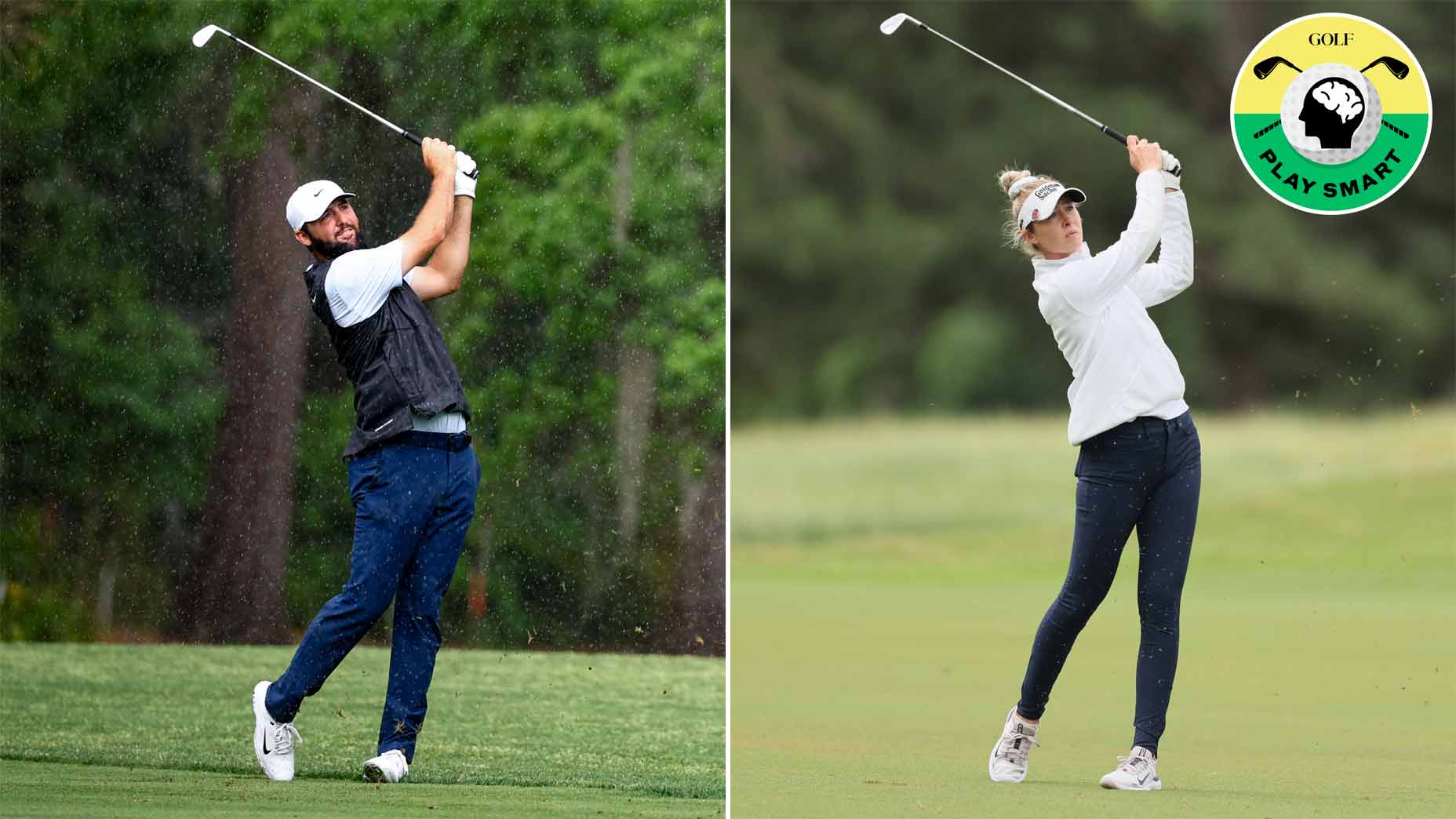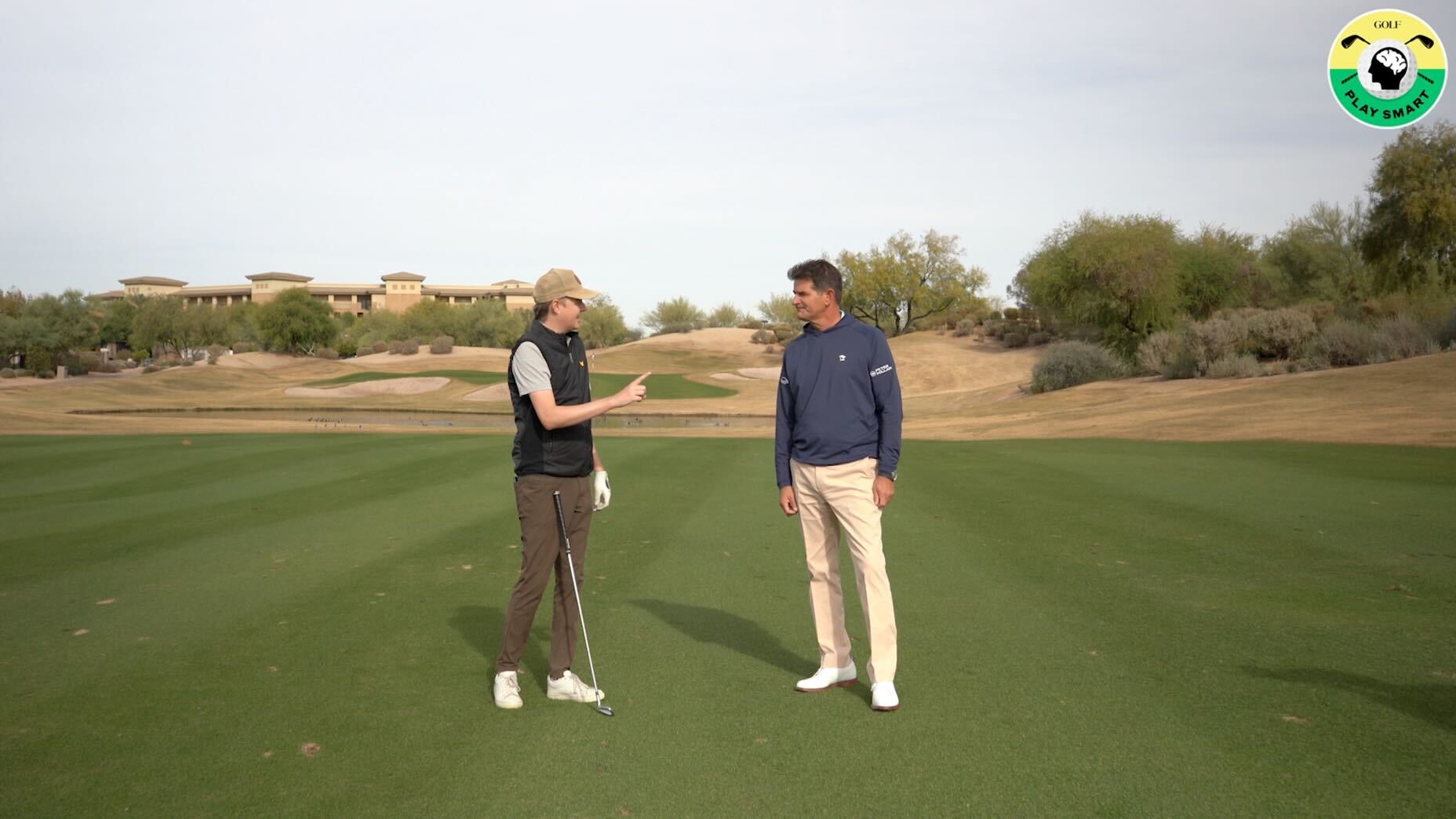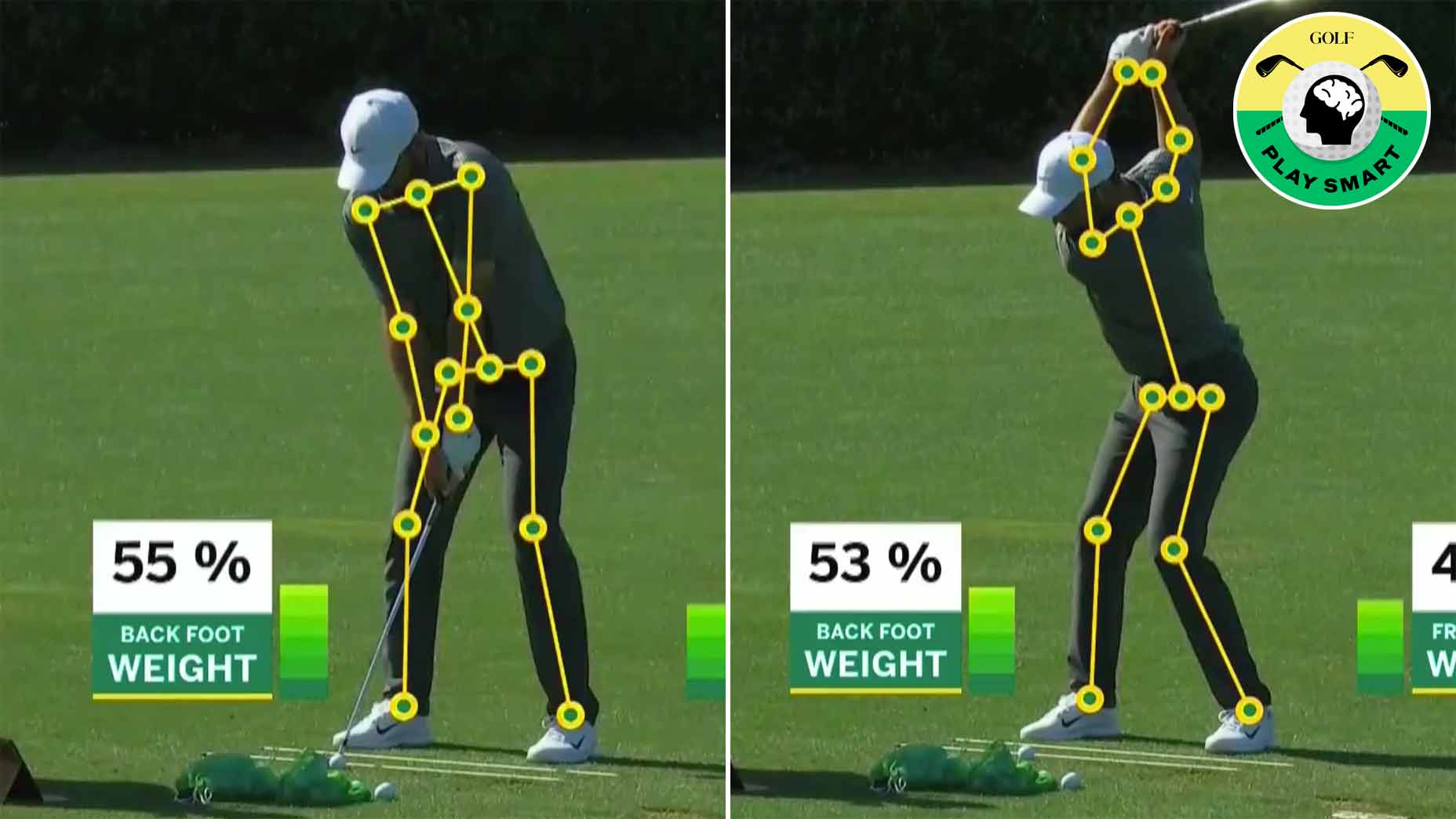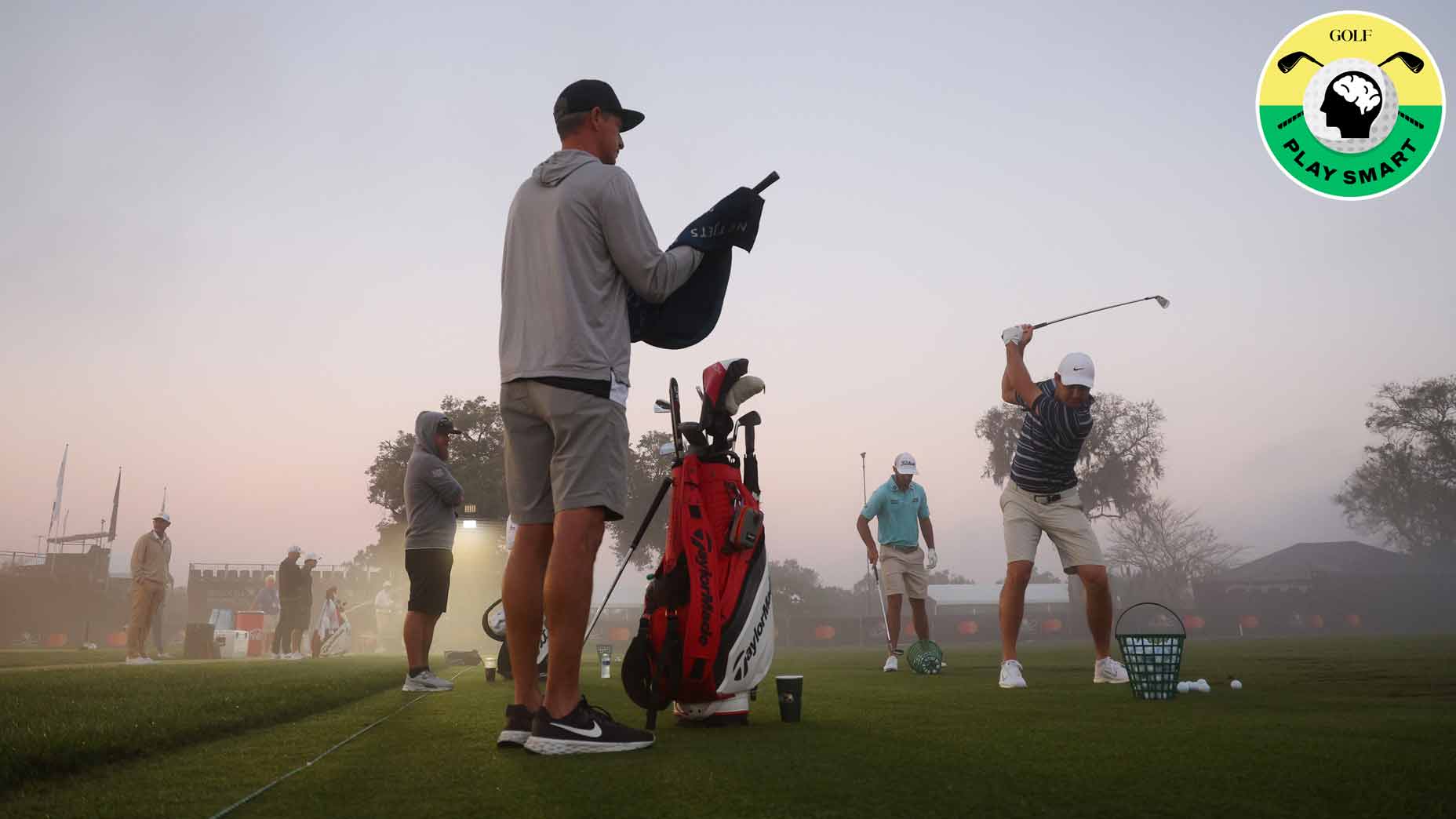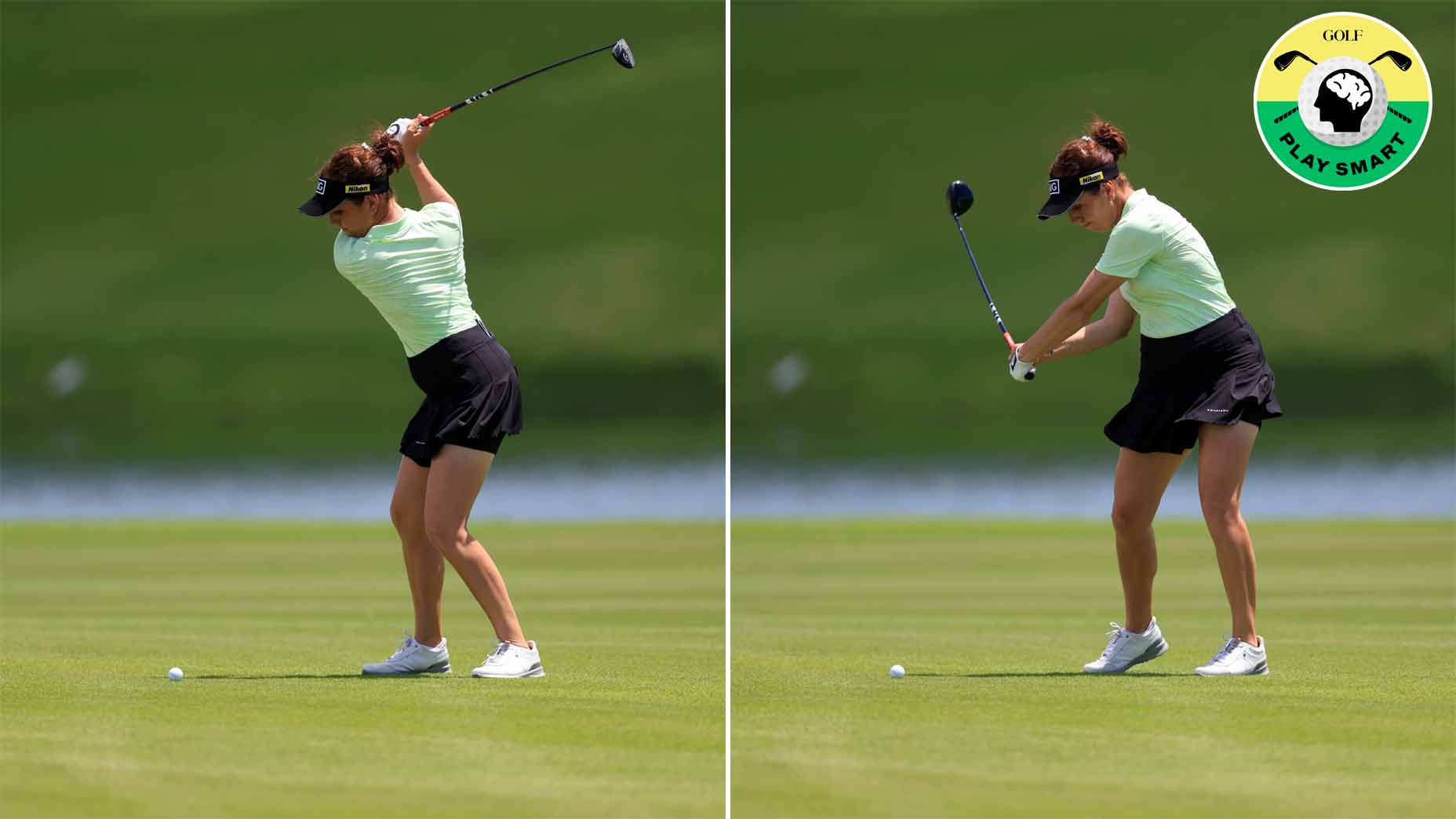Is one of your arms slowing down your golf swing? Here’s how to tell
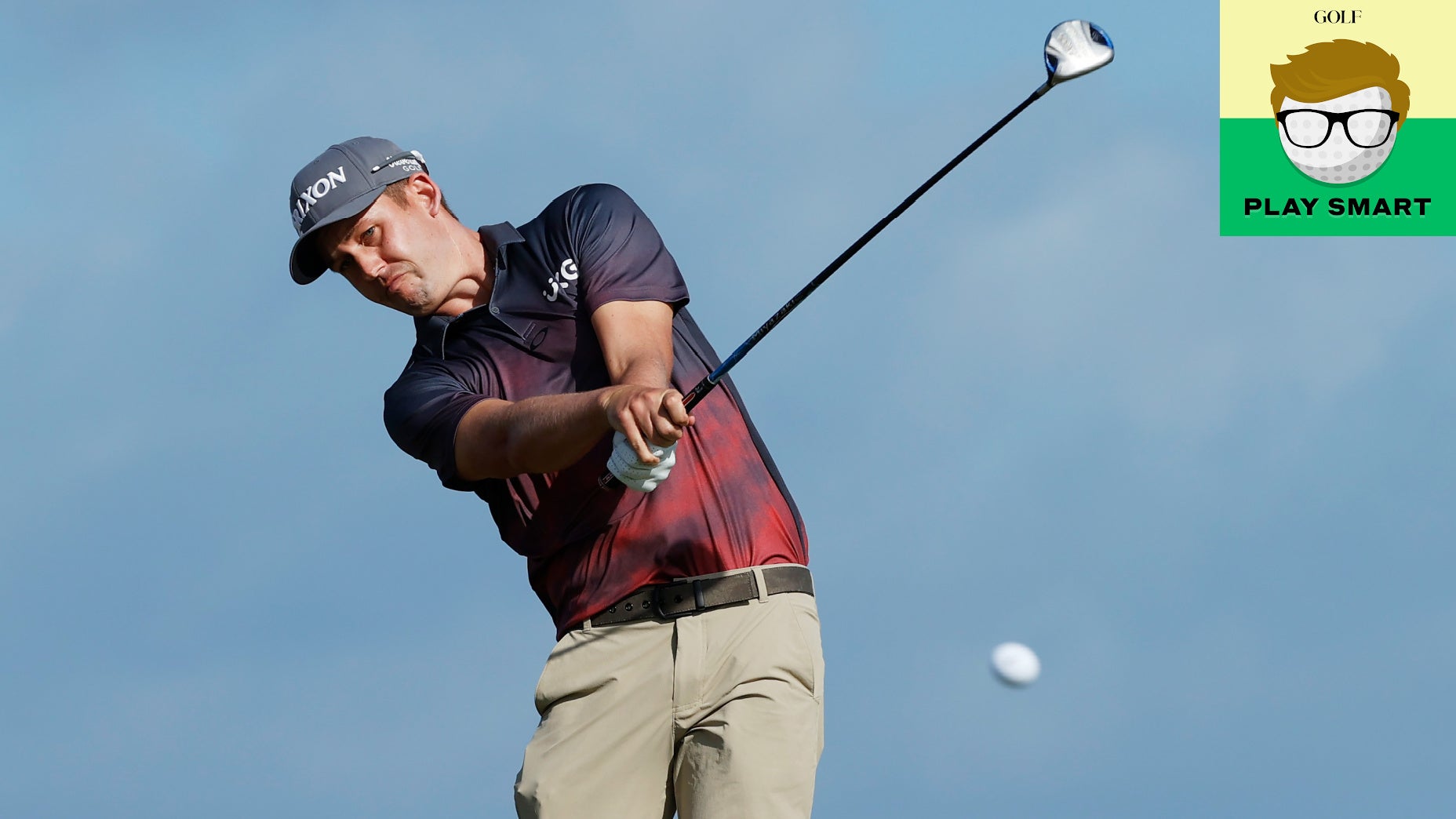
Most golfers swing both their arms about as fast as the other.
Getty Images
Welcome to Play Smart, a game-improvement column that drops every Monday, Wednesday and Friday from Game Improvement Editor Luke Kerr-Dineen to help raise your golf IQ and play smarter, better golf.
Every two years GOLF Magazine and GOLF.com host the GOLF Top 100 Teachers Summit. It started as a way of bringing those on the GOLF’s Top Teacher 100 list together to help them improve in their craft, but over the years has been growing with the goal of hosting more and more teachers. It’s tons of work to make happen, but it’s always rewarding when it comes together because of all the interesting information that comes out of it.
Which brings us to Sasho Mackenzie, a friend of the column and a name you’ve probably heard of by now. Sasho was one of the speakers at this year’s Top 100 Teachers Summit, and in his presentation, he went deep on some of the data he’s been gleaning as the co-inventor of the Stack Training Aid and provided some insight into an interesting question: How do you know when one of your arms is slowing down your golf swing?
The Stack
As part of the training aid’s initial baseline testing program, the Stack measures one-arm only swings with each of your arms.
Sasho got into the data and found that there’s a pretty even split between golfers who swing their trail arm faster than their lead arm, and golfers who swing their lead arm faster than their trail arm. He also found that the vast majority of golfers tested swing their slower arm within 5 miles per hour of their faster arm.
About 20 percent of golfers, he explains, swing their slower arm more than 10 mph slower than their faster arm.
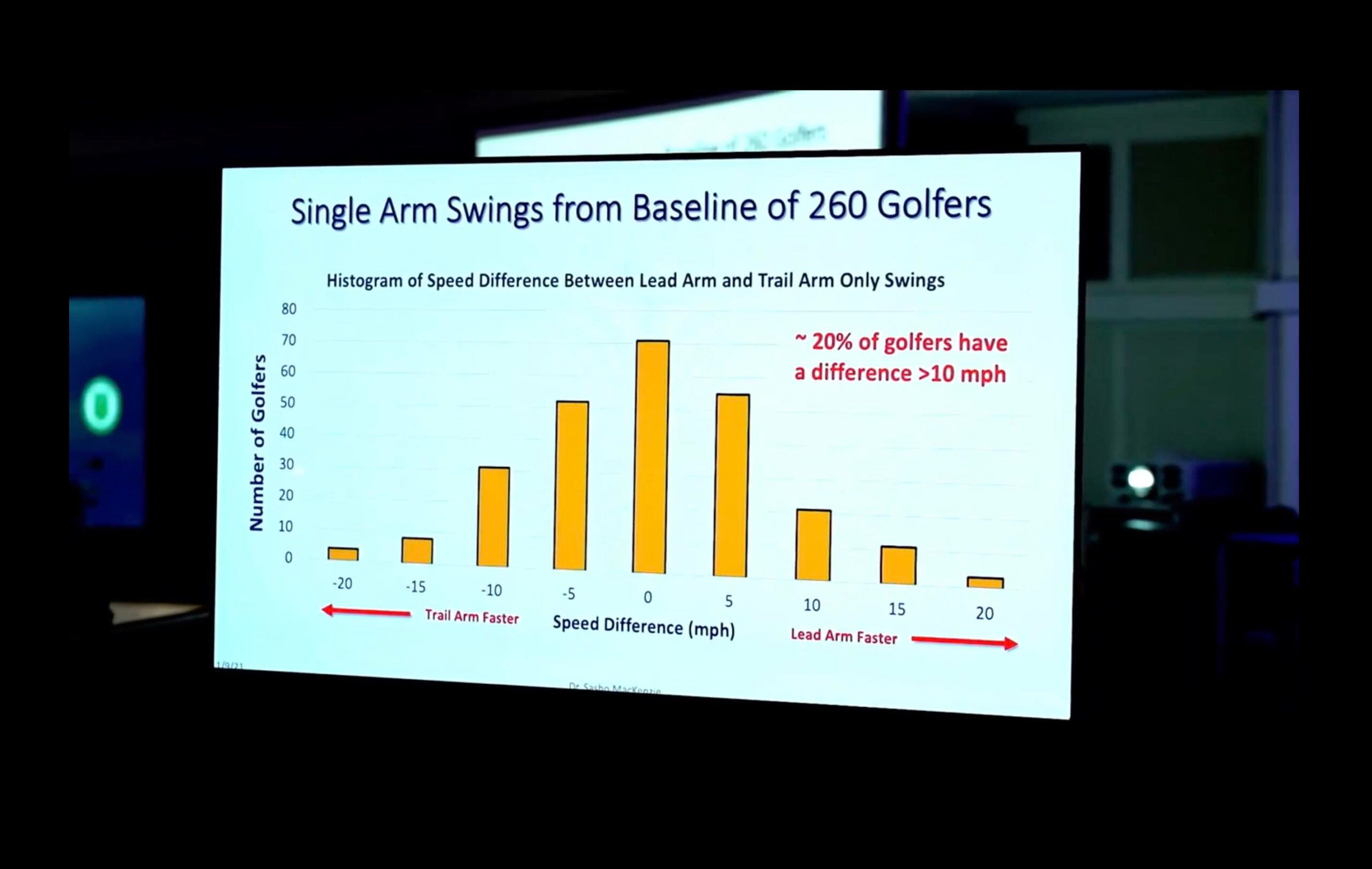
When one of your arms starts getting into that 10 mile-per-hour range, usually the Stack algorithm will shift you into a program designed to speed up your slower arm. This was almost the case with PGA Tour player Andrew Putnam. His lead arm’s speed was notably slower than his trail arm, but because they were both slower than his overall speed, it wasn’t flagged as an issue.
It was close, but in a nutshell: The way the numbers worked out, both of his arms were speeding up his golf swing.

But that changed after six weeks of training.
Ordinarily, golfers training on the Stack strengthen both their arms at about an equal rate, Sasho explained. When Andrew underwent his training, he gained lots of speed, but he also strengthened his stronger arm faster than he strengthened his slower, weaker arm. The gap had widened.
“If you can’t move your trail arm fast enough to keep up with your lead arm then it’s dead weight,” he says. “It can’t keep up. It’s literally preventing you from getting any faster,” he said. “It’s the limiting factor. He can’t even move it faster than 90; it order for him to get to 116 he’s dragging [his weaker arm].”

That shifted Andrew into a “lead arm enhancement program” and along the way highlighted two important rules of thumb that the rest of us should be keeping an eye on, to make sure one of our arms isn’t slowing down our golf swing.
- Both your one-armed swings should be about as fast as each other. There’ll be a little bit of difference (that’s normal) but beware the wild differences.
- If you have Stack training aid, Sasho says “you should be swinging zero grams on the Stack, single arm only about the speed of your driver.” If you’re not doing that, you’ll probably be shifted into a program to strengthen your weaker arm.




